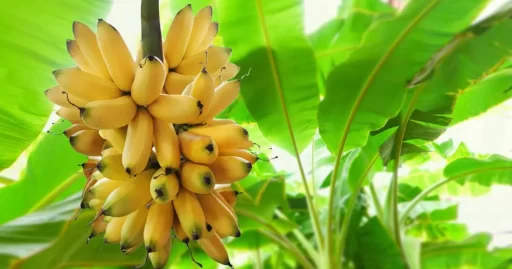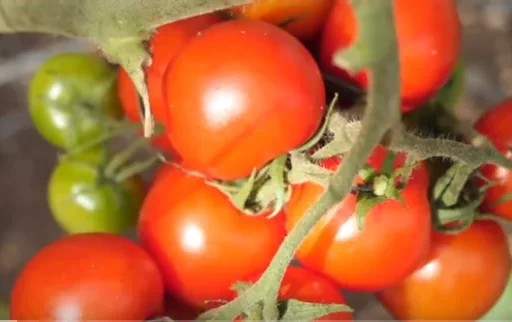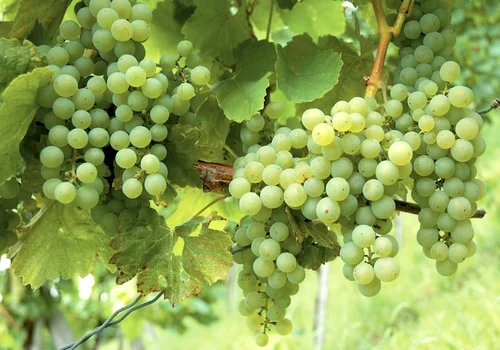As we approach the warmer evenings of late spring and early summer, it’s the perfect time to focus on the thriving growth of your vegetable garden. You may notice that plants seem to be doubling in size each week, offering a sense of excitement and anticipation for the harvests ahead. Don’t worry if you feel like you’re a little behind—there’s still plenty to sow and cultivate during this crucial time of the year.
Planning Your Summer Garden: Essential Warm-Season Crops
This time of year is perfect for planting warm-season crops like sweet corn, beans, and chard. Whether you’re an experienced gardener or a novice, there’s something special about watching these plants grow and anticipating their delicious rewards. Let’s take a look at some of the best vegetables you can plant this season and how to ensure a bountiful harvest.
Growing Sweet Corn: Tips for Success
For many gardeners, the highlight of the year is sinking their teeth into a juicy, crisp sweet corn cob. The key to growing sweet corn successfully lies in choosing the right location and method. Sweet corn loves warm, sunny spots, so choose a location that receives plenty of midday and afternoon sun. Direct sowing into warm, fertile soil can save you time by eliminating the need for potting and transplanting.
To plant, simply create holes about an inch (2 cm) deep, spaced 30 to 40 cm (just over a foot) apart in a grid pattern. Planting in blocks rather than rows helps with pollination since corn is pollinated by the wind. For even more reliable results, consider sowing the seeds indoors in plug trays before transplanting them outside. Ensure night temperatures are consistently above 50°F (10°C) before planting outside.
Beans: Versatile and Nutritious
Beans are another warm-season staple that can be sown directly or started in pots or plug trays. French beans and runner beans are popular varieties, each offering a unique flavor and visual appeal. Whether you’re growing them for their ornamental flowers or tasty pods, beans thrive when planted near supports such as trellises or teepees.
Sow the seeds about an inch (2-3 cm) deep, keeping the plants 6 to 8 inches (15-20 cm) apart. Once the plants start climbing, consider mulching around their bases to retain soil moisture—beans are quite thirsty!
Celery: A Challenge Worth Tackling
Celery can be a tricky crop, but with the right techniques, it’s possible to get great results. In recent years, leaf miners have made growing celery more challenging, so consider planting it in a new area of your garden to avoid pest issues. Start celery indoors in moist, enriched soil and transplant the seedlings once the weather is consistently warm.
Flower Power: Adding Beauty and Beneficial Insects
Vegetable gardens aren’t just for edibles—adding flowers like borage and nasturtium can greatly benefit your crops. Borage’s beautiful blue blooms are a magnet for bees, which help pollinate your vegetables. This plant grows quickly and easily, either in pots or directly in the garden. Nasturtiums are another excellent addition, offering not only edible flowers and leaves but also serving as a natural pest deterrent.
Chard: A Colorful, Nutritious Leafy Green
Chard is one of the most versatile leafy greens you can grow, with varieties that offer a rainbow of colors. It’s easy to cultivate and makes a visually stunning addition to any garden. You can sow chard in early spring for summer and fall harvests, or plant it in midsummer for an overwinter crop. Chard grows well in soil enriched with compost, and it’s a good idea to mulch around the plants to retain moisture.
Sow chard seeds about 8 inches (20 cm) apart, and thin the seedlings as they grow to avoid overcrowding. Opt for colorful varieties like ‘Rainbow Mix’ or ‘Bright Lights’ to add a burst of vibrant hues to your garden.
Maximizing Your Sowing Season: Additional Crops
As you plan your summer garden, remember that it’s not too late to sow a variety of other crops. Squash, broccoli, and beets are all excellent choices for warm-season planting. Beets, in particular, offer a fast-growing, nutritious option that can be harvested in as little as six weeks.
By continuing to sow throughout the season, you can enjoy a steady supply of fresh vegetables well into autumn.
Frequently Asked Questions About Vegetable Gardening
- What are the best vegetables to plant in the summer?
Warm-season crops like sweet corn, beans, squash, chard, and beets are ideal for summer planting. These vegetables thrive in sunny conditions and warm soil temperatures. - How can I improve pollination in my sweet corn crop?
Corn is pollinated by the wind, so planting it in blocks rather than rows increases the chances of successful pollination. This method ensures the wind can carry pollen to the nearby plants more effectively. - What is the best way to protect celery from pests?
Growing celery in a new area of your garden can help prevent issues with leaf miners. Additionally, covering the plants with row covers can keep pests from damaging your crop. - How can I attract beneficial insects to my vegetable garden?
Planting flowers like borage and nasturtiums can attract pollinators like bees. These flowers not only add beauty to your garden but also help improve the health and productivity of your vegetables. - What’s the difference between French beans and runner beans?
French beans (also known as green beans) produce straight, thin pods, while runner beans have larger, often speckled pods. Both are nutritious and add variety to your garden. - When should I start planting chard?
Chard can be sown in early spring for summer harvests or in midsummer for a winter crop. Avoid sowing too early in the season to prevent bolting. - How do I maintain soil moisture for thirsty plants like beans and celery?
Mulching around the base of the plants helps retain moisture in the soil, keeping the roots cool and hydrated during hot summer days.






